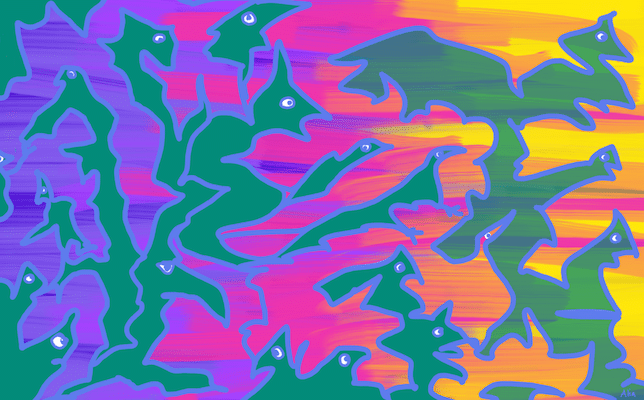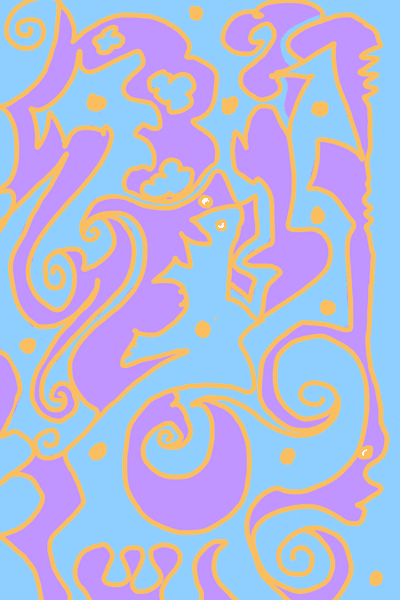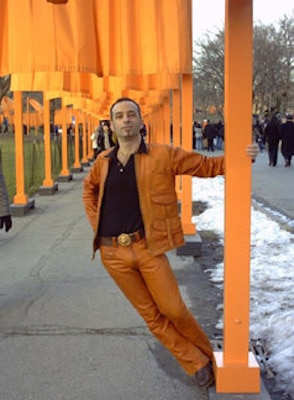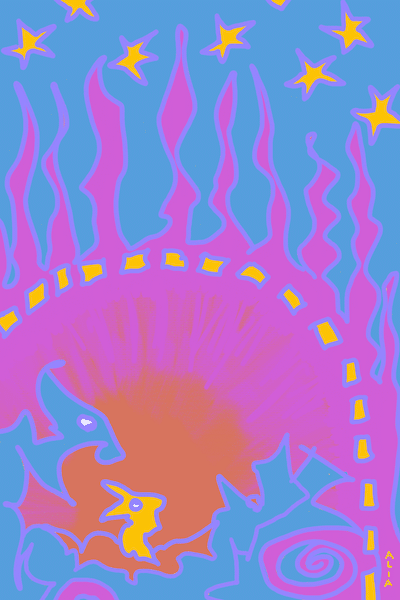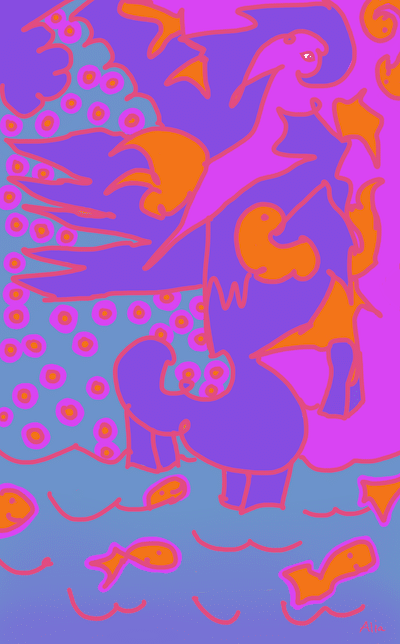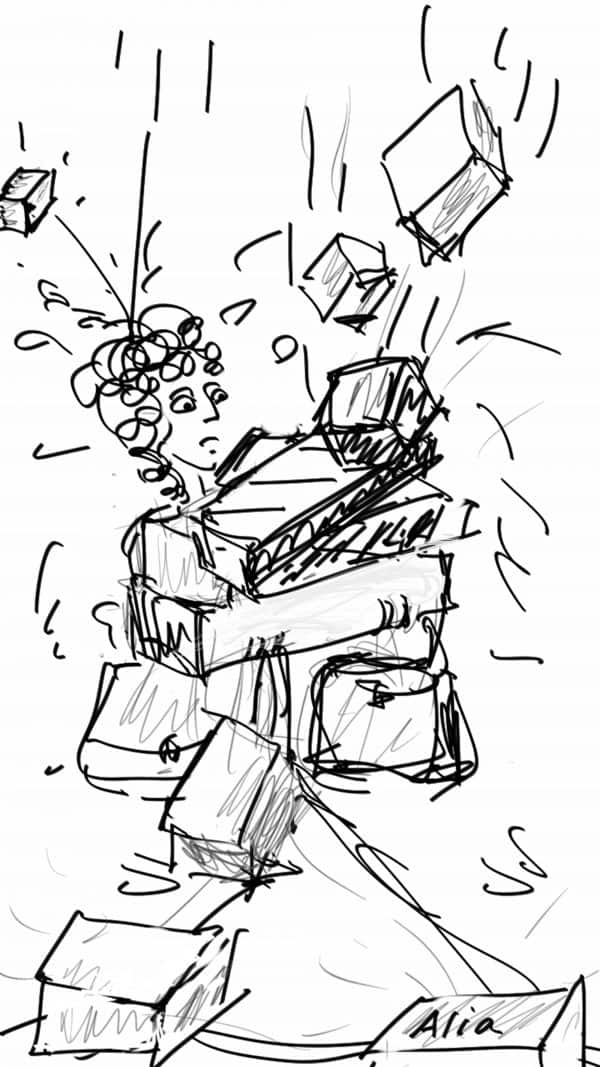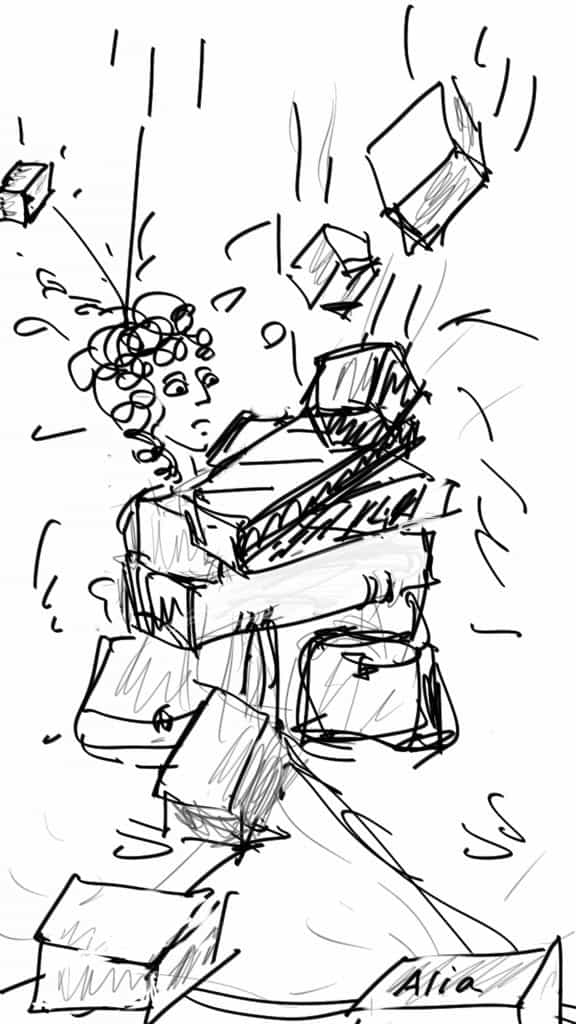Yep, I’m reading another book. What to Say When You Talk to Yourself, by Shad Helmststter, PhD is alll about the power of self talk, both positive and negative. I’m not sure what I think of it, yet (I’m a little more than halfway through). But it has made me think, and you might also find this interesting.
As dancers, what we say to ourselves can make allll the difference between our shows feeling great vs feeling like a hideous disaster.
Background–I used to be very, very unkind to myself. I said things to myself that I would never say to another person. I hated myself and told myself so at every opportunity. (It wasn’t until I found Somatic Experiencing® (SE) that those cruel voices resolved, and stayed that way.) And I am not alone in this!
Perfectionist fault-finding and vicious self-talk is wayyyy common. Something like 50% of folks report feeling like imposters. So, of course I had to read this book (plus self talk is a piece of the puzzle I’m putting together for Create Your Glorious Self…) Anyway…
The advice is to first listen to your own self talk.
What are you saying? Is it self-compassionate? “There there honey, we’re doing okay. We’ll get through this!” Or self-empowering? “Wow, you did it! that’s awesome! Woo-hoo!” Or even, “Oops! Hmm. Okay, let’s try that differently next time.”
Or is it more along the lines of, you stupid cow, what were you thinking?! Or, I suck at this! Or, this is the worst day of my life!
The toxic rain of negative voices can be so constant we don’t even notice it anymore. But that’s what trips us up when we want to shine. That litany of, I suck, I can’t do this, they are looking at me, they hate me, that’ll never work, who am I to ____, I don’t know what I’m doing… is self-programming, and it is also self-fulfilling. When we think this way, we feel powerless, so we act powerless., so we feel powerless, and on and on, in a miserable feedback loop.
(Side note–I’ve had some serious dental infections in the last few years, and one thing I noticed was a rise of anxious, weepy self talk along the lines of “I don’t know what I’m doing…” So sometimes there are other roots (haha), to the problem.)
Anyway…
Listen.
What are you saying? How often do you say it? What happened just before the cascade of negative? Sometimes there is a trigger. Sometimes it’s just an all day party ; ). How do you see yourself? When you look in the mirror, what do you say to yourself? Do you have your own back? Or are you busy stabbing it?
Maybe you are lucky and you feel good about yourself! WOO!!! You can sit back right now and have a bonbon! Well done.
If not, take action.
How to Reprogram Your Self Talk
Helmstetter advises us to reverse the things we say to ourselves, in the moment that we hear them. I suck at this, becomes, “I am competent and I can do this!” They hate me, becomes “They don’t know me yet, so here I am!” Today is disaster, I just don’t have it in me, becomes “Today is a great day! I have plenty of energy, today especially!”
I have been playing with this, and sometimes I have to laugh at the ludicrous irony of these upbeat re-framings. So I have also been engaging in “interrogative” self talk, which means questioning my own inner statements. “Is this really the worst day ever?!” Um, well, no. “Do you really not know what you’re doing?” Well, actually, I am pretty competent. That’s been pretty interesting, too. If the affirming piece is tough for you, the interrogative option might be a nice bridge.
On the other hand, I recognize the value of the process, and I do find a lift follows the shift. Saying things out load makes a difference too, as does writing them down and reading them, and reading them aloud. However we get these new things into our heads, they get into our heads.
Next Steps
We can move on from reversal to general good news about ourselves on a regular basis, saying kind words to ourselves, out loud–and saying kind words about ourselves to others! Speaking of the mirror, I love the bathroom mirror to check in with myself, to smile and cheerfully greet myself and say some nice things. I’m in there several times a day, so that’s several times a day I can check in and smile at myself.
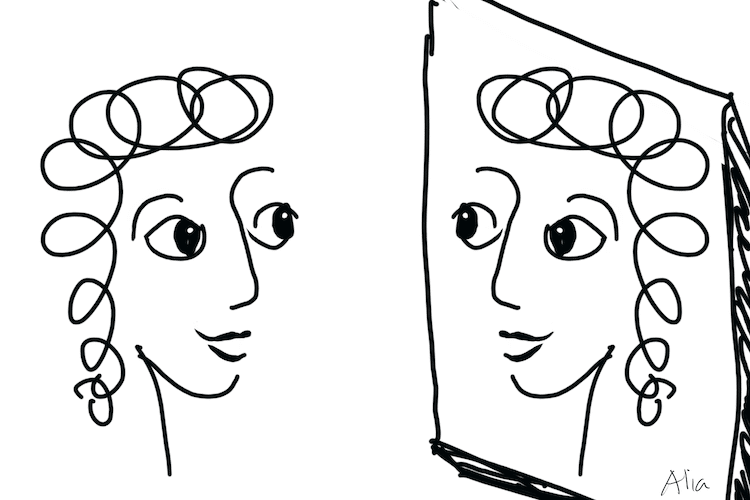
Plus there are practical applications….
Say you want to quit something–smoking (or playing solitaire on your phone, or whatever). Helmstetter advises saying something along the lines of, “I never smoke.” or “I no longer enjoy smoking, and I have quit” He suggests we say these things to ourselves, and out loud, and to others–even as we light up and inhale.
Just continue to say the words, as we continue to smoke. We became conditioned to smoking, and we will become conditioned to the idea that we do not smoke. It will take some time, maybe a few weeks or so. One day we will be lighting up, and our now-reprogrammed subconscious mind will say, then what are you doing with that ciggie?! Yuck!
The trick is remembering to do that. Helmstetter explains how much more valuable it is to generate positive self talk ourselves–but he has built an empire on pre-recorded self talk for every conceivable issue. Which is funny, but everyone’s got to make a living, I guess.
Anyway, I’m planning to play with this in the coming week <cough solitaire cough>. I invite you to join me at whatever level. Listening, reversing, questioning, or straight up affirming your wonderfulness.
Know that you are wonderful! You are beautiful and loving, and worthy of love.
I invite you to say so to yourself, every day ❤️
And here’s some music (a sound bath, anyway ; ) for self loving self talk.
Love,
Alia
PS Create Your Glorious Self is coming together beautifully! I’ll be doing some cool events leading up to it, so please stay tuned! (Registration opens at noon EDT on August 7, 2022. There are only 15 seats…)

